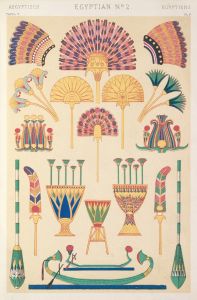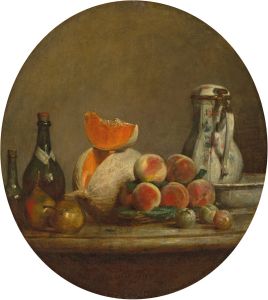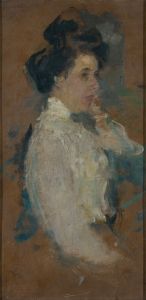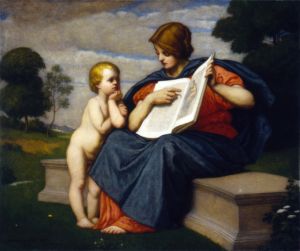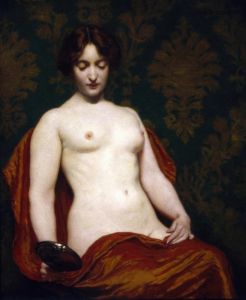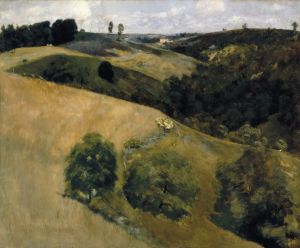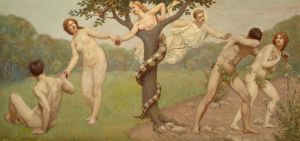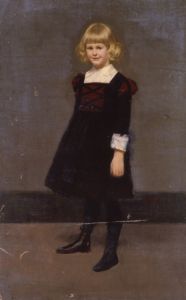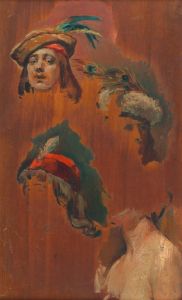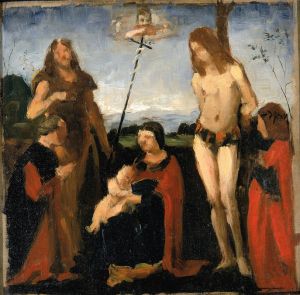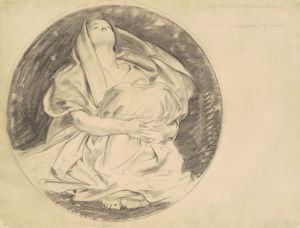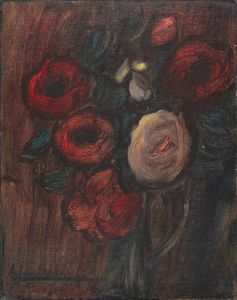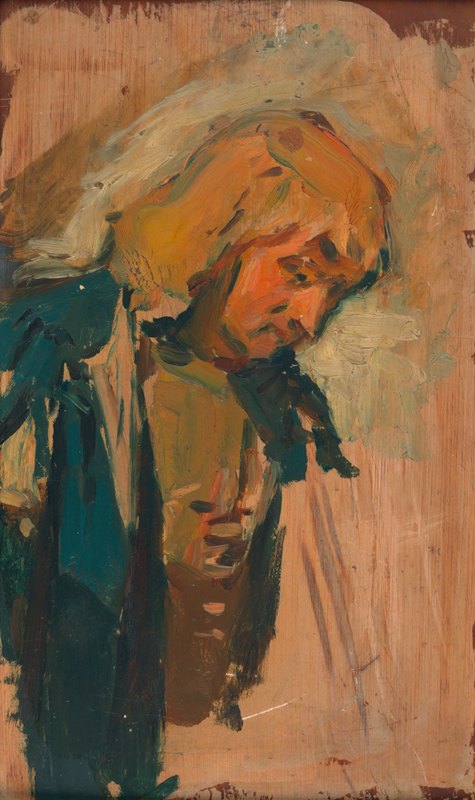
Study of man
A hand-painted replica of Kenyon Cox’s masterpiece Study of man, meticulously crafted by professional artists to capture the true essence of the original. Each piece is created with museum-quality canvas and rare mineral pigments, carefully painted by experienced artists with delicate brushstrokes and rich, layered colors to perfectly recreate the texture of the original artwork. Unlike machine-printed reproductions, this hand-painted version brings the painting to life, infused with the artist’s emotions and skill in every stroke. Whether for personal collection or home decoration, it instantly elevates the artistic atmosphere of any space.
Kenyon Cox (1856–1919) was an American painter, illustrator, muralist, and writer, known for his academic style and contributions to American art education. One of his notable works is "Study of a Man," which exemplifies his dedication to classical techniques and his interest in the human form.
"Study of a Man" is a drawing that reflects Cox's rigorous training and his commitment to the principles of academic art. Cox studied at the Pennsylvania Academy of the Fine Arts and later at the École des Beaux-Arts in Paris, where he was influenced by the French academic tradition. This background is evident in his meticulous approach to anatomy and form, which is showcased in "Study of a Man."
The drawing is a study, meaning it was likely created as a preparatory work or an exercise in understanding the human body. Such studies were common among artists of Cox's time, as they allowed for exploration and mastery of anatomy, light, and shadow. In "Study of a Man," Cox focuses on the male figure, capturing the musculature and structure with precision. The work demonstrates his skill in rendering the human body with a sense of realism and depth.
Cox's approach to art was heavily influenced by his belief in the importance of classical ideals and the academic tradition. He was a proponent of the Beaux-Arts style, which emphasized drawing from life, studying classical sculptures, and adhering to traditional techniques. This philosophy is evident in "Study of a Man," where Cox's attention to detail and form reflects his academic training.
In addition to his work as an artist, Kenyon Cox was also a prominent art critic and writer. He contributed to various publications and was known for his essays on art theory and criticism. His writings often advocated for the values of academic art and the importance of maintaining high standards in artistic practice. This intellectual engagement with art further informed his work, including pieces like "Study of a Man."
Cox's legacy extends beyond his own artwork; he was also an influential teacher. He taught at the Art Students League of New York, where he imparted his knowledge of classical techniques to a new generation of artists. His emphasis on drawing and the study of the human form continued to shape American art education long after his death.
"Study of a Man" is a testament to Kenyon Cox's dedication to the principles of academic art and his skill as a draftsman. While it may not be as widely recognized as some of his larger works or murals, it remains an important example of his artistic philosophy and technical ability. Through works like this, Cox contributed to the preservation and continuation of classical art traditions in the United States.





